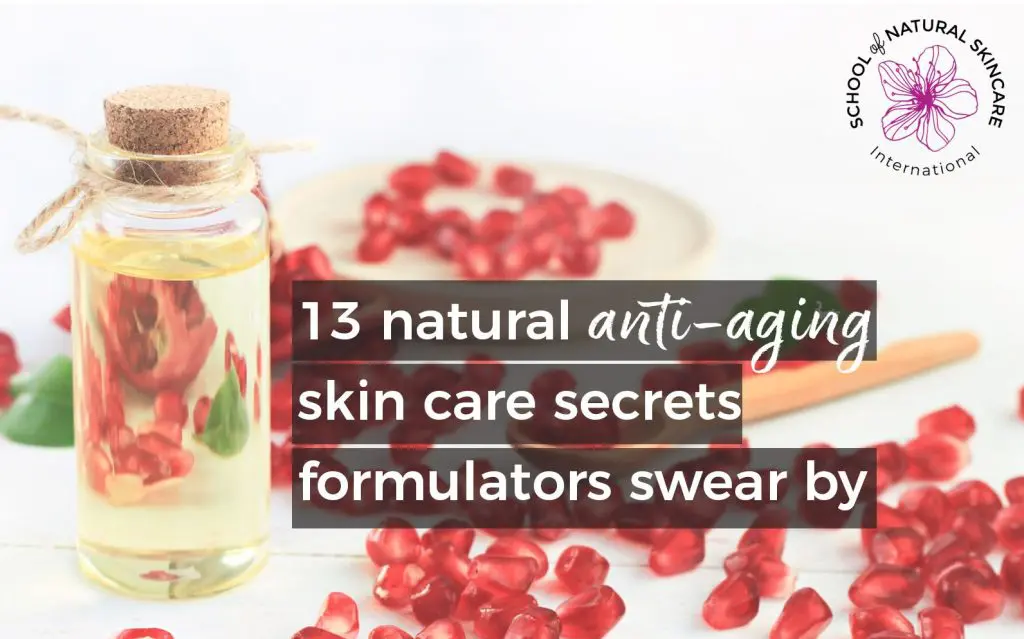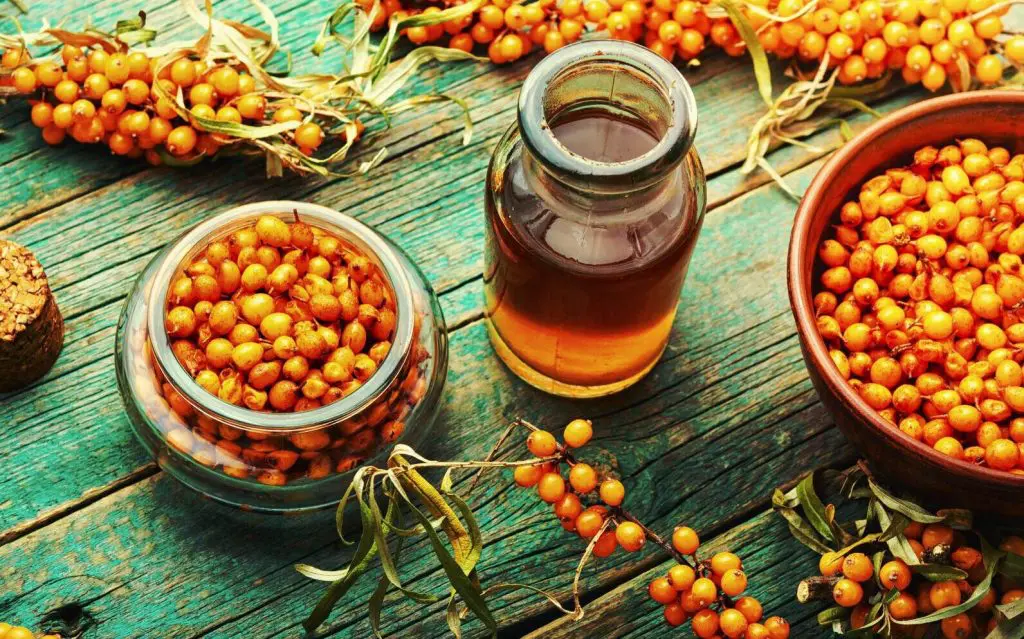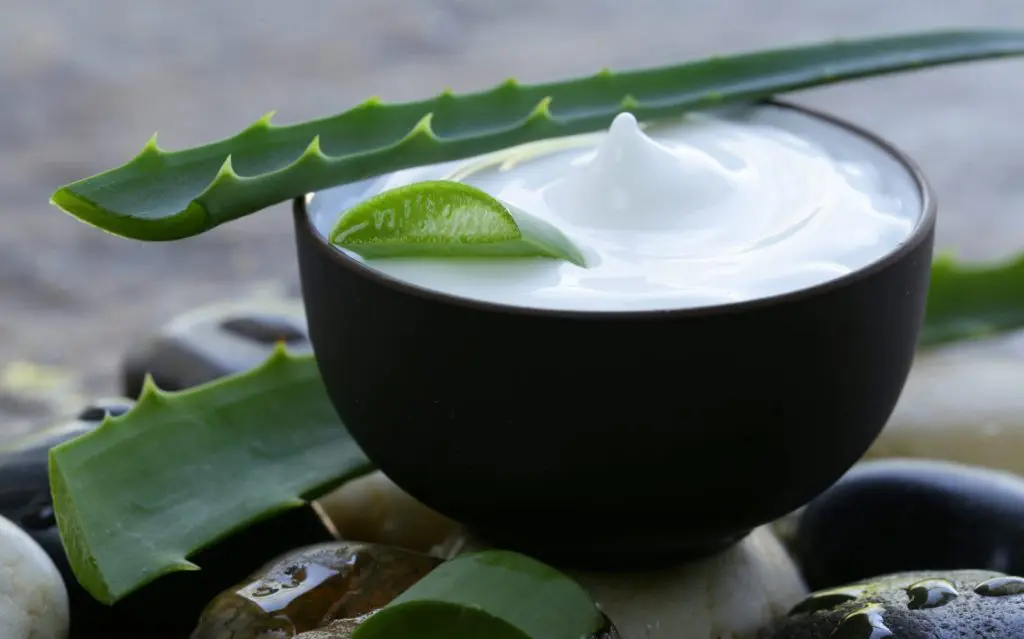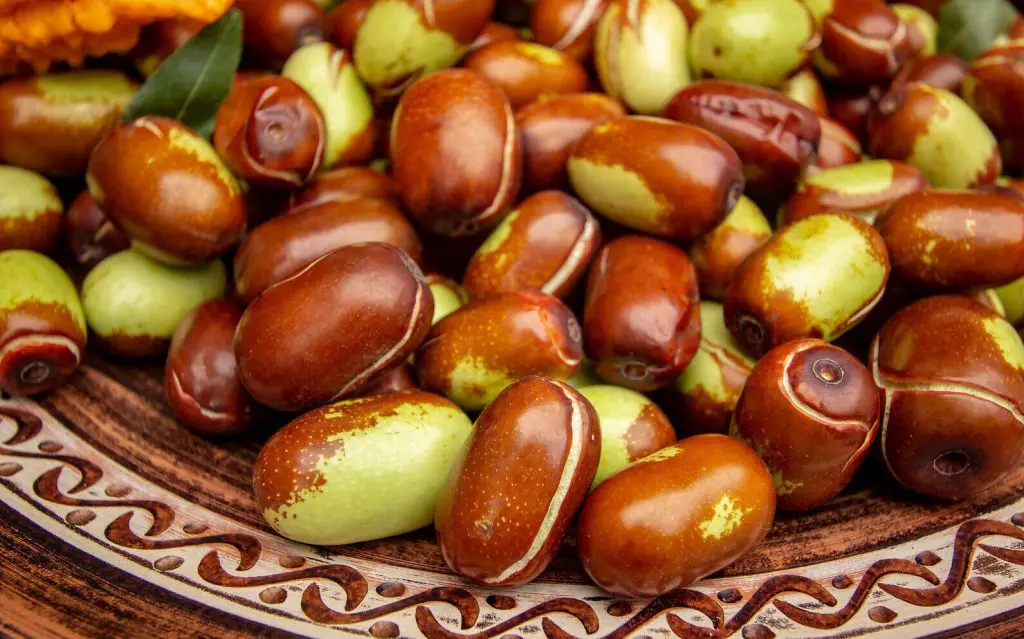The natural anti aging skin care market is overflowing with products that aim to either combat all signs of aging or are targeted to fight particular signs of aging.
Labels, adverts and packaging market products as containing certain ingredients and claim the ingredient(s) can, for example, ‘reduce the appearance of wrinkles,’ ‘help to improve the look of skin tone’ and ‘reduce the appearance of age spots’ – all the visible signs of skin aging – but which of these are really effective?
Scientific research shows that molecule size, the chemical makeup of the ingredient and its mode of action are all integral factors in determining whether the ingredient can penetrate the skin’s robust barrier, and subsequently work at the deeper levels of the skin.
In this article, we have identified thirteen ingredients: extracts, oils, vitamins and acids (alpha hydroxy and beta hydroxy) that formulators know can penetrate the skin and work at deeper levels to prevent and counteract aging of the skin.
We will look at each of these ingredients, what they do, and what types of product they are found in.
To use these ingredients in your skincare products, and really get the most from them, you’ll need to develop your skincare formulation skills.
13 Natural anti-aging ingredients you can use in your skincare products
EXTRACTS
1) Matcha Green Tea
INCI: Camellia Sinensis (Green Tea) Leaf Powder
What is it?
Matcha is a special form of powdered green tea. Historically a Japanese tea drink, recent discoveries of its antioxidant benefits (more than that of regular green tea and other superfoods) has made it a popular ingredient in the world of anti-aging skincare. It delivers the benefits green tea does, but in a more concentrated, powerful manner.
The regular green tea extract has the INCI Camellia Sinensis (Green Tea) Leaf Extract whereas Matcha has a different INCI, Camellia Sinensis (Green Tea) Leaf Powder.
What type of product is it used in?
Matcha green tea powder is used in rinse-off facial products such as face masks. Here is an example of a face mask formula that uses matcha. Matcha is also available in a carrier oil, so it can be used in other skincare products such as face creams, lotions and serums.
What does it do?
Matcha is rich in polyphenol compounds called catechins, which makes it an extremely powerful antioxidant. In particular, the ECGC (also known as epigallocatechin 3-gallate) antioxidant present in matcha can prevent deterioration of cells in the skin, and thus slow down aging of the skin (1). Like most antioxidants, this property arises from its ability to neutralize free radicals from the sun’s UV radiation and other pollutants, and disrupt the free radical chain before they cause damage to the skin. In addition to this, its antioxidant effect may also inhibit the production of an enzyme that degrades structural proteins in the skin such as collagen and elastin, hence reducing or preventing the formation of wrinkles (2).
2) Liquorice root extract
INCI: Glycyrrhiza Glabra (Licorice) Root Extract
What is it?
Liquorice root extract is derived from the plant glycyrrhiza glabra. The extract is produced by boiling the root and evaporating the water. This is also where that sweet flavour in liquorice comes from!
What type of product is it used in?
Leave-on products such as facial serums and oils, that ‘perfect’ the skin. Due to its lightening and brightening effects, it is also used in cleansing oils, creams, lotions and mists.
What does it do?
The extract contains a phytoestrogen compound called glabridin, which stimulates collagen and hyaluronic acid synthesis – two key components that help prevent aging of the skin. This compound is also responsible for the skin lightening and brightening effects this extract has, taking dull and tired aged skin to radiant and glowing, youthful-looking skin.
In addition, the extract containing compounds glabrene, isoliquiritigenin licuraside, isoliquiritin, and licochalcone A, allowing it to inhibit activity of an enzyme called tyrosinase (3), to help prevent melanin production that is often the cause of hyperpigmentation (age spots) occurring in aged skin.

3) Soy bean extract
INCI: Glycine Soja (Soybean) Seed Extract
What is it?
Soy bean extract is derived from soybeans.
What type of product is it used in?
It is commonly found in leave-on products, for example face and neck serums and oils, eye creams, daily moisturizers and overnight creams. All these types of product target hydration, lifting and firming of the skin.
What does it do?
Soy extract has powerful antioxidant properties whereby it can neutralize free radicals from sun exposure and other environmental pollutants before they inflict damage to the cells in the skin.
It can also stimulate the production of hyaluronic acid (a water-binding molecule present within the skin you can read all about that here) (4), which counteracts some of the characteristics of skin aging such as lack of hydration (ie dry, rough skin) and loss of elasticity (ie formation of wrinkles and fine lines and saggy skin).
Furthermore, its ability to boost collagen production can also contribute to reducing the appearance of wrinkles, firm the skin, etc.
OILS
4) Carrot tissue (macerated) oil
INCI: Helianthus annuus (and) beta-carotene
What is it?
Carrot tissue oil is a macerated oil made by extracting dried carrots in a carrier oil (most commonly sunflower oil).
What type of product is it used in?
Primarily found in facial oils, serums and treatments which combat fine lines and wrinkles.
What does it do?
The oil is rich in antioxidant provitamin A, beta carotene, which helps to repair the signs of aging, provide protection against further damage and provide moisturization. This is further enhanced by the presence of vitamin E. Collectively, these vitamins exhibit powerful antioxidant effects, and subsequently reduce damage to the skin by neutralizing free radicals from ultraviolet radiation and other environmental pollutants.
Due to its bright orange color it’s best to use it at 10% of the formulation to avoid staining the skin. It will impart a lovely yellow to orange color to your end product and it can also be used to color cold process soaps.
5) Pomegranate seed oil
INCI: Punica Granatum (Pomegranate) Seed Oil
What is it?
Pomegranate seed oil is formed by cold pressing of the seed of the pomegranate fruit.
What type of product is it used in?
Present in a vast array of leave-on and wash-off products such as body lotions, creams, shower gels and cleansing oils, all of which generally focus on skin regeneration and firming aspects.
What does it do?
Pomegranate seed oil is made up of several anti-aging components. One component present in this oil is punicic acid, which is a unique fatty acid found only in pomegranate seed oil. It is thought that this acid provides hydration in the skin, and repairs the skin by regenerating cells that were damaged by the UV light. Moreover, it also stimulates collagen and elastin production in the skin which, when it deteriorates, is linked to saggy skin and wrinkles. All of these properties make pomegranate seed oil ideal for dry, mature and cracked skin. It’s also a wonderful addition for photoaged skin or sunburned skin.
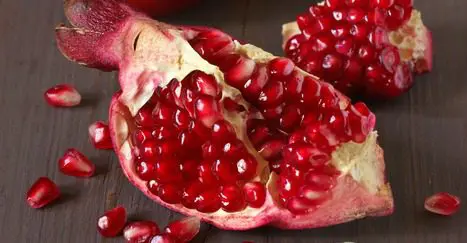
6) Rosehip seed oil
INCI: Rosa Moschata (Rosehip) Seed Oil
What is it?
Rosehip seed oil is derived from the seeds of rose bushes through cold press extraction process where the oil is separated from the hips and seeds.
What type of product is it used in?
Often used in leave-on facial oils, and skin treatment oils.
What does it do?
Rosehip oil has significant anti-aging benefits due to it being packed with vitamins, antioxidants and fatty acids. It contains vitamins E, F and pro-vitamin A, which contribute to its antioxidant effect. The presence of vitamin A also stimulate collagen production in the skin, thereby reducing the appearance of wrinkles. The fatty acid vitamin F works with vitamin A to help improve overall skin tone and texture..
7) Camellia japonica oil (tsubaki oil)
INCI: Camellia Japonica Seed Oil
What is it?
Camellia japonica oil (also known as tsubaki oil) is derived via cold pressing from the seeds of the tea plant Camellia japonica. Note that camelia oil can come from other species as well, such as Camellia oleifera or Camellia sinensis. Historically this oil has been a personal care secret in Japan (5) and its remarkable anti-aging properties have only recently been discovered by western countries.
What type of product is it used in?
Daily use, leave-on body creams and oils as well as facial oil.
What does it do?
Tsubaki oil is rich in oleic acid and an assortment of vitamins, namely; vitamins A, D and E. Studies conducted on this oil have shown to increase procollagen, which is required in the process of collagen synthesis.
In addition, it can also inhibit a collagen-degrading enzyme, hence maintaining skin elasticity, in aged skin. These properties contribute to its effectiveness in reducing the appearance of fine lines and wrinkles.
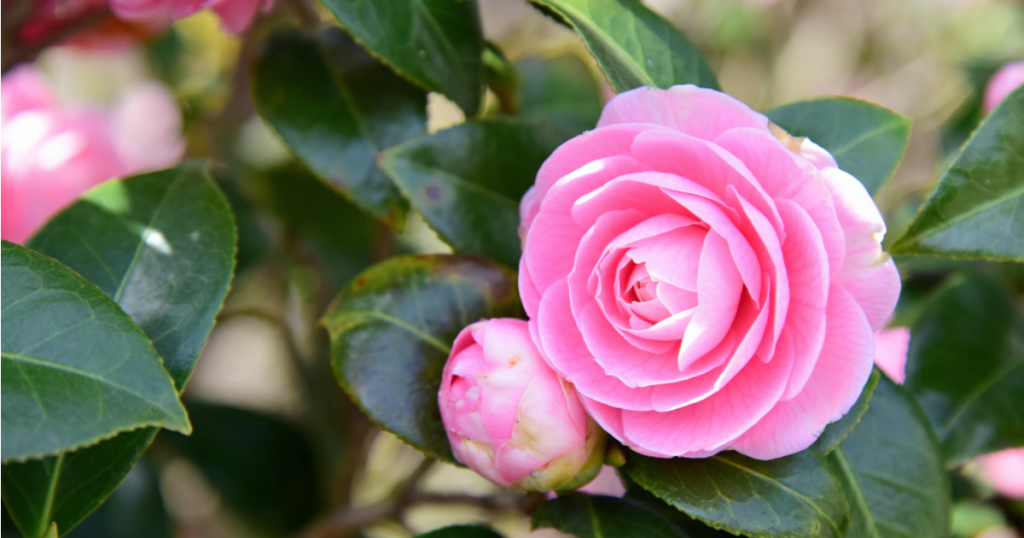
8) Sunflower seed oil
INCI: Helianthus Annuus (Sunflower) Seed Oil
What is it?
Sunflower seed oil is obtained by crushing the seeds of sunflower plant helianthus annuus.
What type of product is it used in?
Daily-use, leave-on products such as neck and facial creams, and oils targeted at prevention of wrinkles.
What does it do?
Sunflower seed oil contains antioxidant vitamin E. It helps neutralize free radicals which can damage skin cells and lead to premature aging of the skin. It also protects the structural proteins in the skin such as collagen and elastin, thus preventing the formation of fine lines and wrinkles, and other characteristics of aging/aged skin. It is rich in linoleic acid which helps to protect and hydrate the epidermis.
VITAMINS
9) Vitamin C
INCIs (dependent on form): Ascorbyl Palmitate, Ascorbyl Tetraisopalmitate, Ascorbic Acid and Magnesium Ascorbyl Phosphate
What is it?
Vitamin C is a naturally occurring, water-soluble vitamin (also available in ester forms which are oil-soluble). Although there are numerous forms, the most widely used forms in anti-aging skincare are the smaller molecule, more stable versions such as ascorbyl palmitate, ascorbyl tetraisopalmitate (oil-soluble version of vitamin C) and magnesium ascorbyl phosphate as these penetrate the skin better.
What type of product is it used in?
Vitamin C is commonly found in leave-on products and some wash-off products such as eye treatment creams (also due to its skin brightening effects), microdermabrasion products, overnight creams, facial moisturizers and anti-aging serums for the face which help diminish appearance of fine lines and wrinkles, as well as make the skin look more radiant.
What does it do?
Vitamin C is known to boost and regulate the production of collagen by taking part in a chemical reaction that takes place between collagen molecules. This provides structural support to the skin, thus preventing formation of wrinkles, fine lines and saggy skin. Moreover, studies on vitamin C has also shown that it can inhibit collagen-degrading enzymes such as matrixmetalloproteinase (MMP- 1), also known as enzyme collagenase-1 (6), thus again protecting and maintaining the elasticity of the skin.
In addition to the above, vitamin C is also a powerful antioxidant that provides protection from free radicals produced by the ultraviolet radiation from the sun and other environmental stressors. It does this by neutralizing free radicals and disrupting the chain, consequently, it can prevent and reduce damage which leads to the formation of wrinkles and aging of the skin.
10) Vitamin E
INCIs (dependent on form): Tocopherol and Tocopheryl Acetate
What is it?
Vitamin E is a fat-soluble compound that exists in various forms. The most predominant form being naturally occurring alpha-tocopheryl, which is also the most commonly used form of vitamin E in skincare products.
What type of product is it used in?
Vitamin E is found in a vast array of daily-use both leave-on and wash products such as body and facial oils and serums, moisturizers for lips, body and face, facial cleansers, scrubs, washes, and deep cleansing masks. It can also be found in overnight, day and eye creams, as well as body washes, shower creams, bath milks and hand washes. Of the anti-aging product types it is found in, its purpose is often to help regenerate and repair the skin to reduce the appearance of wrinkles.
What does it do?
Vitamin E is known to provide many benefits to skin which justifies its use in many types of skincare product. Its main use is an an antioxidant. This attribute is also essential in supporting the skin’s elasticity and preventing the formation of wrinkles.
Its potent antioxidant property allows it to protect against reactive oxygen species (ROS) (commonly known as free radicals), which are produced when the skin is exposed to the sunlight and environmental pollutants. The free radicals are neutralized by vitamin E and the free radical chain is also disrupted by the vitamin to prevent and/or minimize damage to structural proteins in the skin such as collagen and elastin.
11) Vitamin A palmitate
INCI: Retinyl Palmitate
What is it?
Vitamin A palmitate is a vitamin A derivative that is classified as a fat-soluble, unsaturated organic compound belonging to the retinoid family. It is commonly used in skincare formulations due to its stable nature and also due to the molecule size: they can penetrate the skin to have greater anti-aging effects.
What type of product is it used in?
It is generally found in leave-on products that can be incorporated into your daily skincare regime such as overnight creams, gels and serums, as well as eye creams that combat fine lines and wrinkles.
What does it do?
There is scientific evidence showing that retinyl palmitate acts directly on the collagen metabolism and stimulate production of collagen and elastic fibres (6). Moreover, studies have also shown it can also thicken the epidermis and synthesize collagen in aged skin (7).
In addition to this, retinol is also a potent antioxidant and it is this attribute which enables it to induce collagen biosynthesis and reduce the expression of an enzyme that breaks bonds in collagen called MMP-1 (Collagenase 1) (8).
Consequently, retinyl palmitate can help build collagen fibres within the dermis, helping to strengthen the tissues in the skin, restore elasticity in the skin, and thus, repair or improve more efficiently (for example) wrinkles and fine lines caused by frequent sun exposure.
ACIDS
12) Glycolic acid
INCI: Glycolic Acid
What is it?
Glycolic acid belongs to a group of chemicals called alpha hydroxy acids, familiarly known as AHAs for short. It is naturally occurring, and can be derived from cane sugar.
What type of product is it used in?
It can be found in daily-use leave on and wash-off formulas such as facial cleansers, serums, creams and non-abrasive exfoliating products.
What does it do?
Glycolic acid is known to stimulate the production of both collagen and elastin, thus smoothing out fine lines and wrinkles. It also a powerful exfoliant, therefore it increases the turnover of cells in the skin’s outermost layer, transforming rough, dull and wrinkled skin to smooth, radiant and younger-looking skin.
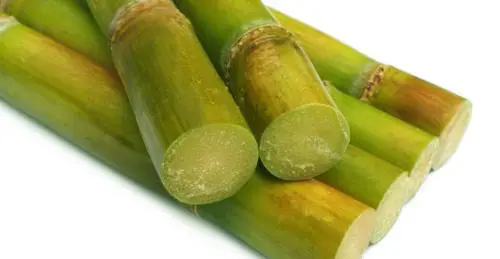
13) Salicylic acid
INCI: Salicylic Acid
What is it?
Salicylic acid belongs to a group of chemicals called beta hydroxy acids, commonly known in the beauty industry as BHAs. It is extracted from the bark of the willow tree.
What type of product is it used in?
It can be found in daily-use leave on facial cleansers, serums, lotions, creams and non-abrasive exfoliating products.
What does it do?
Salicylic acid just like glycolic acid is a powerful exfoliant, therefore it removes cells from the surface of the skin which in turn, helps to improve skin tone and texture, as well as reduce the appearance of wrinkles and hyperpigmentation (eg age spots). It is often combined with alpha hydroxy acids to intensify the anti-aging effects of a product.
In conclusion
It is clear that all of these natural ingredients have proven effects on either preventing the signs of aging or repairing the signs of aging, yet it is important to note that the correct percentages of these ingredients must be used, to allow either to occur.
If you’d like to learn how to create your own skincare products using ingredients like these then you’ll love our Advanced Certificate in High-Performance Serum Formulation.
In this course we look at high-performance ingredients used to create more than 6 different types of high performance serum, including anhydrous serums, gel-based serums, emulsion-based serums, gel-cream serums, pressed serums and bi-phase serums…
And that’s before we get into things like eye serums, lip serums, face serums, neck serums and all the different variations depending on skin type, needs and preferences!
It’s a fully online multimedia course where you study from home or wherever you in the world in your own time at your own pace.
Click here to find out more
Quick guide to formulating with Vitamin C
Ready to start supercharging your skincare formulations with high-performance ingredients?
Sign up to our weekly newsletter and receive your free guide and Vitamin C antioxidant serum formula today. – an exclusive gift from us!

In our quick guide to formulating with Vitamin C you’ll learn:
- What is Vitamin C?
- What are the benefits of Vitamin C?
- What type of cosmetic is it suitable for
- Stable forms of Vitamin C and how to use them.
Plus we’ll share with you a Vitamin C antioxidant serum formula you can make yourself!
You’ll also discover the amazing benefits Vitamin C offers for the skin.
Love these ingredients? Save this image below on Pinterest so you can be sure to remember!
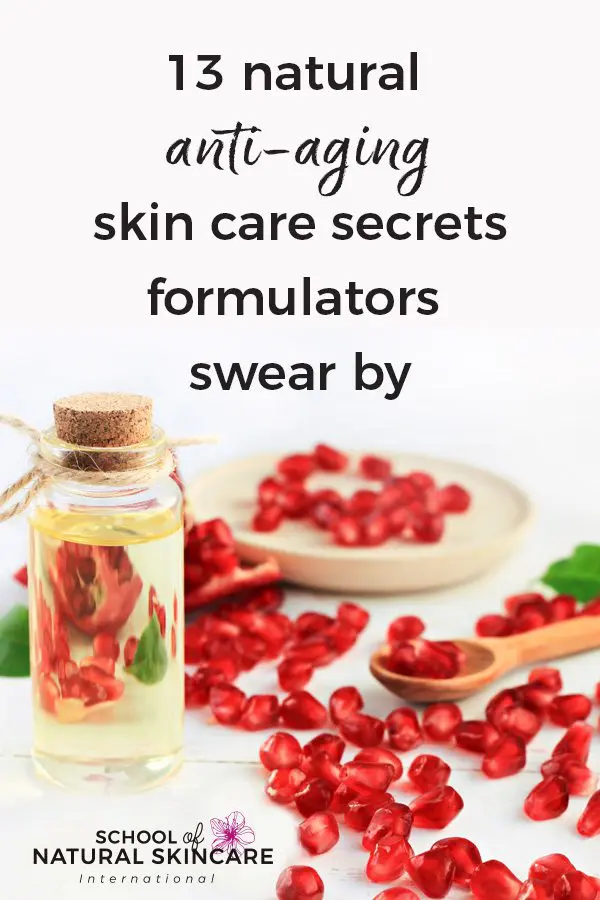
References
(1) Dermatol Surg. 2005 Jul; 31(7 Pt 2): 855-60; discussion 860. Double-blinded, placebo-controlled trial of green tea extracts in the clinical and histologic appearance of photoaging skin. Chiu AE1, Chan JL, Kern DG, Kohler S, Rehmus WE, Kimball AB.
(2) BMC Complement Altern Med. 2009; 9: 27.Published online 2009 Aug doi: 10.1186/1472-6882-9-27. Anti-collagenase, anti-elastase and anti-oxidant activities of extracts from 21 plants Tamsyn SA Thring,1 Pauline Hili,2 and Declan P Naughton.
(3) Evid Based Complement Alternat Med. 2013; 2013: 827248. Published online 2013 Jan 29. doi: 10.1155/2013/827248 Skin aging: Natural Weapons and Strategies, Ivana Binic, Viktor Lazarevic, Milanka Ljubenovic, Jelena Mojsa, Dusan Sokolovic.
(4) Genistein and daidzein stimulate hyaluronic acid production in transforms human keratinocyte culture and hairless mouse skin. Miyazaki K et al. Skin. Pharmacol. Appl. Skin. Physiol, 15(3): 175-83. 2002.
(5) Tsubaki Oil – the personal care secret from Japan. Jan Dekker International – IMCD Group. http://asia.in-cosmetics.com/__novadocuments/194545?v=635881095820870000
(6) Dermatoendocrinol. 2012 Jul 1; 4(3): 308–319. Skin anti-aging strategies. Ruta Ganceviciene, Aikaterini I. Liakou, Athanasios Theodoridis, Evgenia Makrantonaki, and Christos C. Zouboulis. www.ncbi.nlm.nih.gov/pmc/articles/PMC3583892/
(7) Clin Interv Aging. 2006 Dec; 1(4): 327–348. Published online 2006 Dec. Retinoids in the treatment of skin aging: an overview of clinical efficacy and safety. Siddharth Mukherjee, Abhijit Date, Vandana Patravale, Hans Christian Korting, Alexander Roeder, and Günther Weindl. www.ncbi.nlm.nih.gov/pmc/articles/PMC2699641/
(8) Dermatoendocrinol. 2012 Jul 1; 4(3): 308–319. Skin anti-aging strategies. Ruta Ganceviciene, Aikaterini I. Liakou, Athanasios Theodoridis, Evgenia Makrantonaki, and Christos C. Zouboulis. www.ncbi.nlm.nih.gov/pmc/articles/PMC3583892/
